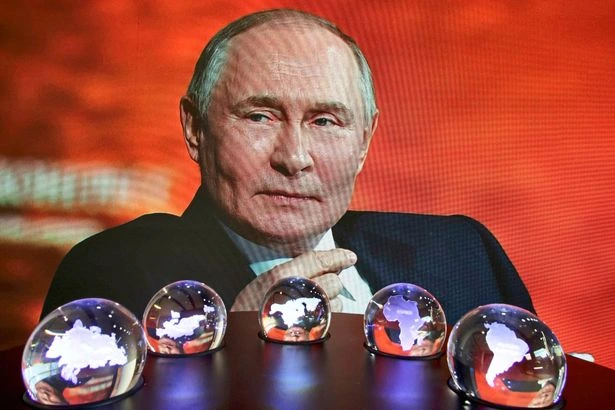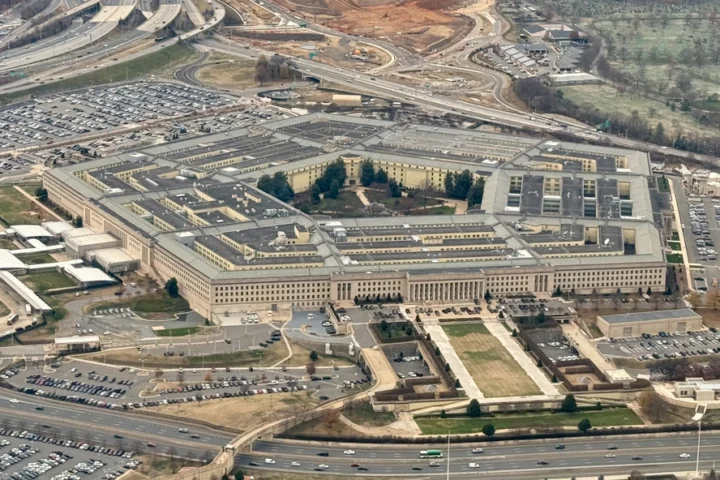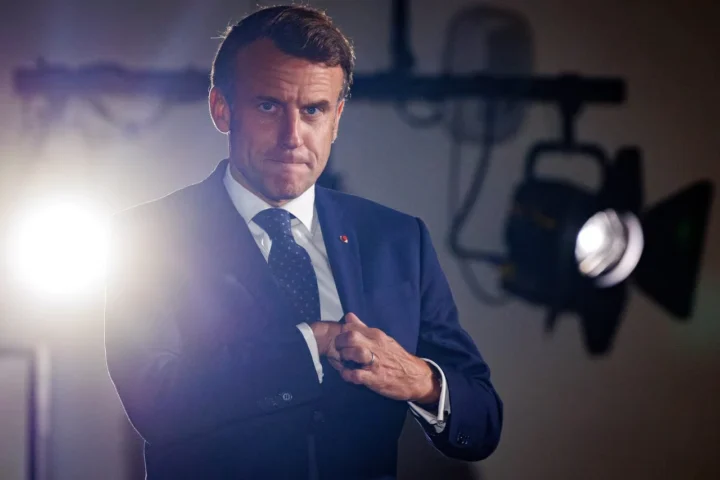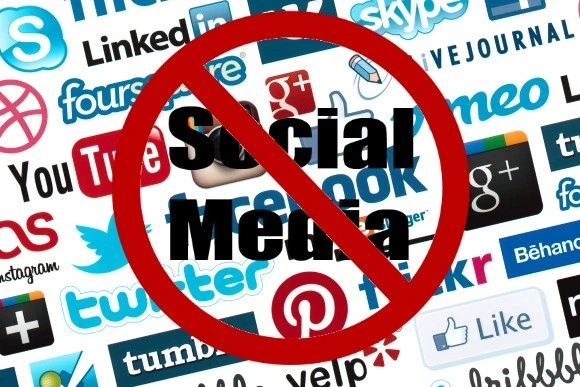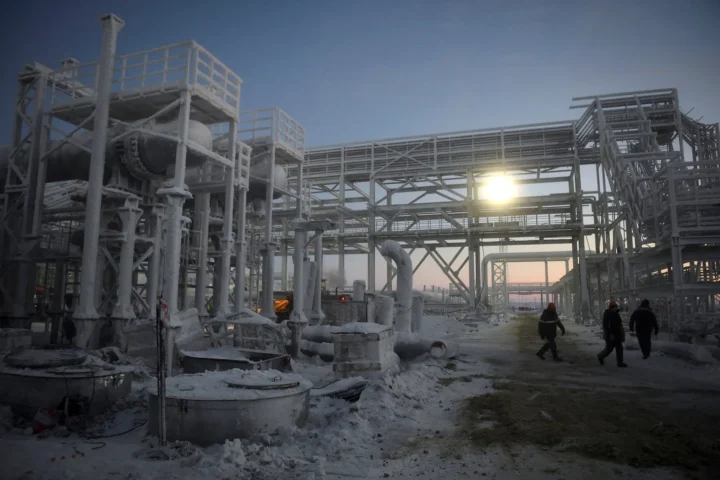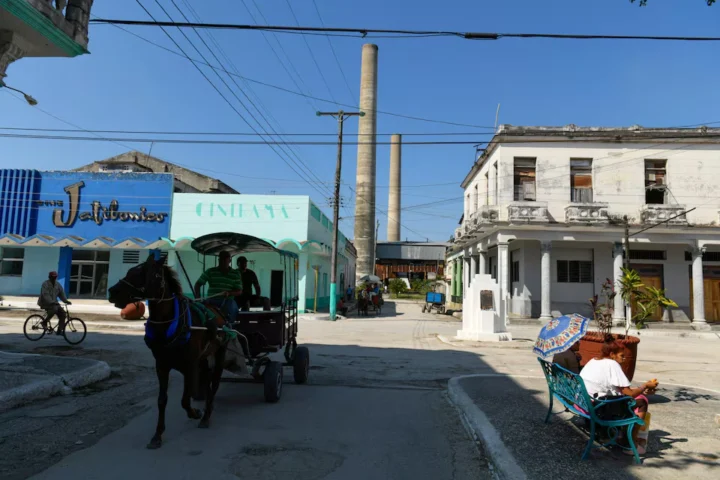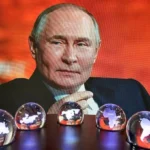Ukraine, a country rich in untapped mineral wealth, once hoped that its reserves of rare earths and critical minerals would become a golden ticket to securing long-term support from Washington — especially under the transactional leadership of U.S. President Donald Trump. But what was initially envisioned as a geopolitical asset has instead turned into a political liability, with Ukraine now caught in a tense balancing act between national sovereignty and foreign pressure.
A Strategic Pitch to Washington
Ukrainian officials have long touted their country as a potential global powerhouse when it comes to rare earths — materials essential for everything from electric vehicles to smartphones, military equipment, and renewable energy infrastructure. According to Politico, Kyiv used this narrative to appeal directly to Trump’s deal-making instincts, hoping to exchange mineral access for sustained American backing.
“The critical minerals offer was a clear security moment for Ukraine. It has critically important resources like titanium, uranium and others. And if Russia gets its hands on those resources, it will be a disaster for Kyiv’s allies,” said a top official familiar with the talks.
Trump showed interest — but not in Ukraine’s stability or peace. What followed was a campaign by U.S. officials to secure American access to those resources under increasingly one-sided terms.
From Opportunity to Confrontation
In February 2025, U.S. Treasury Secretary Scott Bessent landed in Kyiv with a draft agreement that stunned Ukrainian leadership: half of Ukraine’s rare earth reserves were to be handed over to American companies. President Volodymyr Zelenskyy reportedly reacted with fury, seeing the proposal as a blatant overreach into Ukraine’s sovereignty.
After Kyiv’s pushback, a more balanced version of the agreement was drafted and a ceremonial signing was scheduled at the White House for February 28. But the event turned into a fiasco. Trump and his Vice President, JD Vance, attacked Zelenskyy during their meeting and ultimately had him removed from the Oval Office — with no agreement signed.
Later, Washington returned with a revised proposal. But instead of improvement, the new draft revived many of the worst aspects of the original: no new security guarantees, no financial aid or investment, but full preferential access to Ukraine’s resources. It also granted the U.S. de facto control over the Ukrainian reconstruction fund — including all its projects — until Ukraine repays billions in military aid, which had originally been extended as grants.
According to Volodymyr Landa, senior analyst at the Kyiv-based Center for Economic Strategy, “The current draft significantly undermines the strategic balance, limiting Ukraine’s regulatory and tax autonomy.”
Landa warned that this arrangement could also derail Ukraine’s ambitions to join the European Union, as it violates EU competition and environmental regulations. Additionally, it could scare off global investors.
“Other partners are not likely to accept that their aid is being pumped out of Ukraine in favor of a third party,” Landa told Politico.
Despite these serious concerns, Ukrainian officials are staying silent, careful not to provoke another Trump outburst. Instead, Kyiv is trying to diplomatically revise the deal without drawing attention.
“Last time, the Ukrainians had to explain that some things the U.S. wants from Ukraine will just not happen, as they are against our law and constitution. So let’s change the deal so it works. Now we have to do this talk once again,” said a senior government official.
What’s Really Underground?
Beyond politics, another question looms large: how much mineral wealth does Ukraine really have?
According to the United Nations, Ukraine possesses about 5 percent of the world’s rare earth reserves — including lithium, beryllium, niobium, tantalum, titanium, nickel, cobalt, graphite, and phosphate. These materials are vital to the energy, technology, and defense sectors.
Yet many of these deposits were discovered in the 1960s to 1980s under Soviet geological standards, which do not meet modern Western criteria. “Most of them were discovered in the 1960s-1980s. Back then, researchers were not paying attention to issues that are currently very important: the intended purpose of the lands and the form of ownership, environmental, sanitary and other restrictions for mining, as well as public opinion,” said Alla Vasylenko, senior researcher with the Institute of Geology Studies at the National Academy of Sciences of Ukraine.
She added, “The reserves were approved according to the Soviet system, which foreign investors do not understand. So, theoretically, we can claim that Ukraine has the biggest lithium reserves in Europe, but to understand their economic potential, we need to conduct additional studies of our deposits first.”
A Long and Costly Road Ahead
Even if Ukraine’s mineral wealth is confirmed, extracting it will be neither quick nor easy. The war must end, infrastructure must be rebuilt, and energy systems restored. Then come the investments — massive ones.
“Ukraine needs investments, not only in mining but in the processing industry too. The investments should be primarily American — billions, and maybe tens of billions of dollars of direct investments, loans, equity, debt, various forms,” said Andriy Brodskyi, CEO of Velta Group, Ukraine’s largest private titanium ore producer.
Brodskyi’s company spent seven years establishing a titanium oxide mine. For lithium, the timeline is even longer.
Denys Alyoshyn, chief strategy officer of UkrLithiumMining (ULM), explained that lithium ore extraction from the Polokhivske deposit — acquired with a 20-year license in 2017 for $5 million — has yet to begin. The site remains an empty field with a few monitoring devices and exploratory drills.
“For our lithium mine and enrichment plant to start working, we would need $350 million in investments. Our strategy is to find global strategic players who would finance our deposit, while we stay a reliable local partner,” Alyoshyn said.
The original hope was that the United States would be that strategic partner — bringing not only investment, but also security. But as negotiations grind on and expectations clash with political realities, it’s no longer clear whether this gamble will pay off for Kyiv.
This article was prepared based on materials published by Politico. The author does not claim authorship of the original text but presents their interpretation of the content for informational purposes.
The original article can be found at the following link: Politico.
All rights to the original text belong to Politico.









